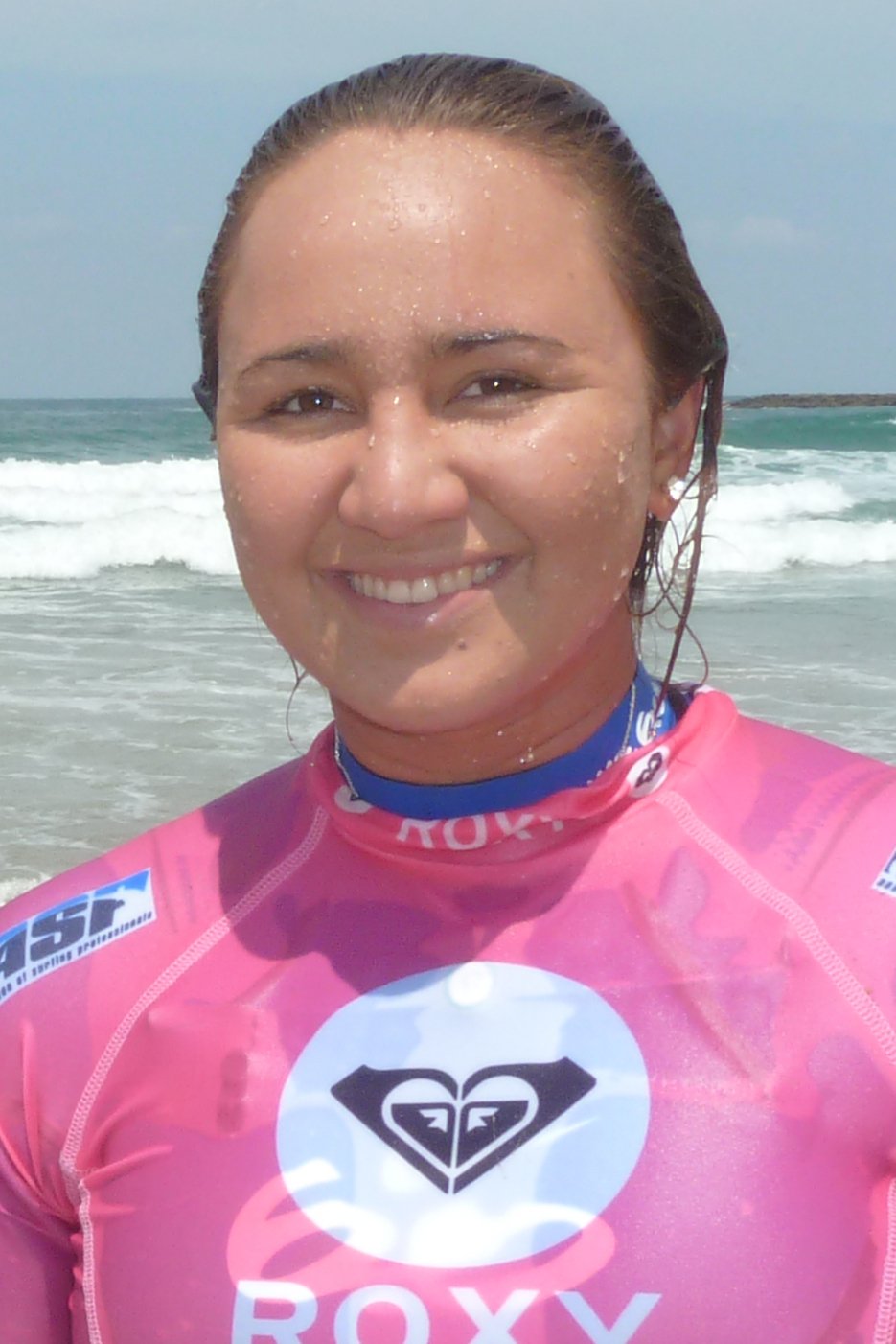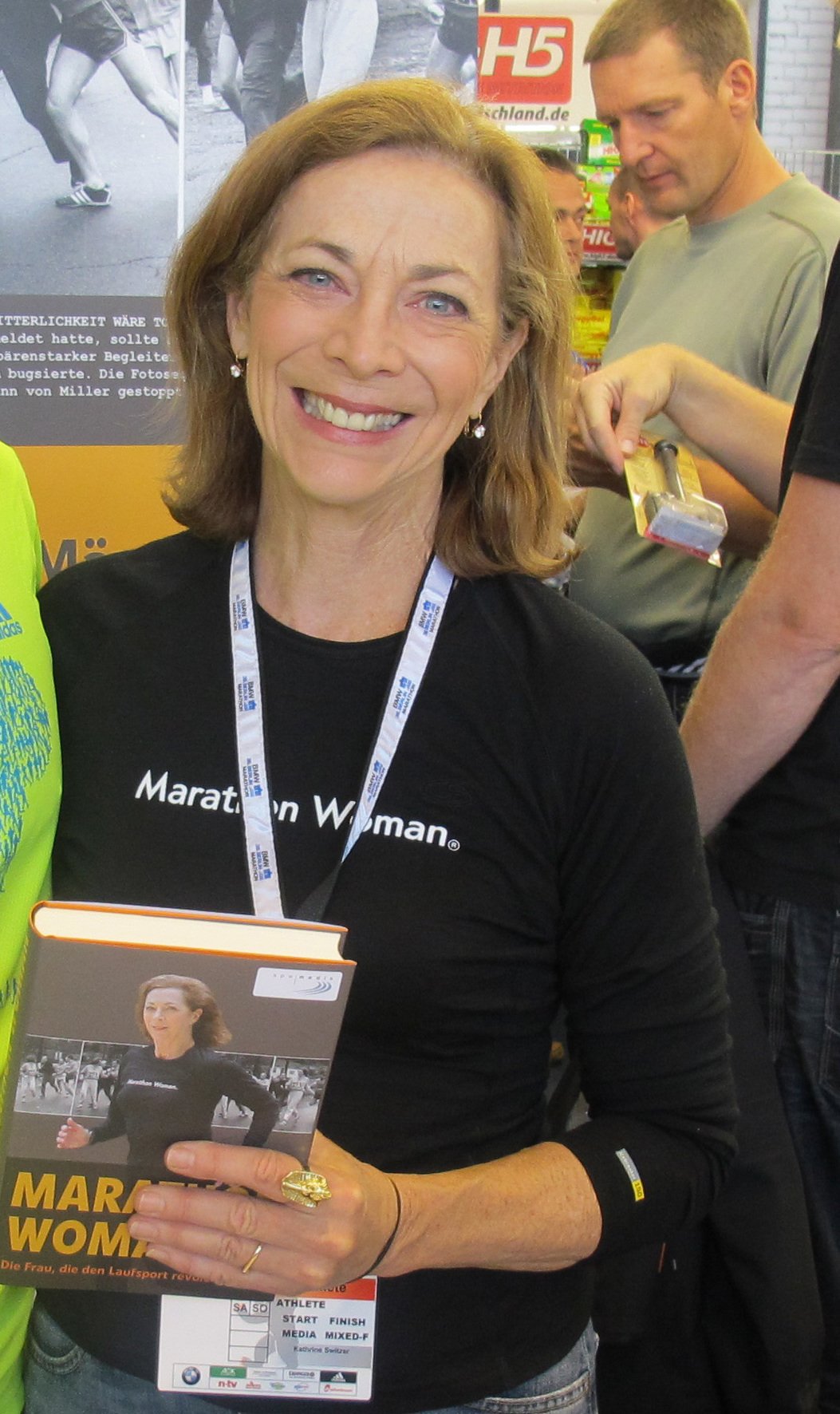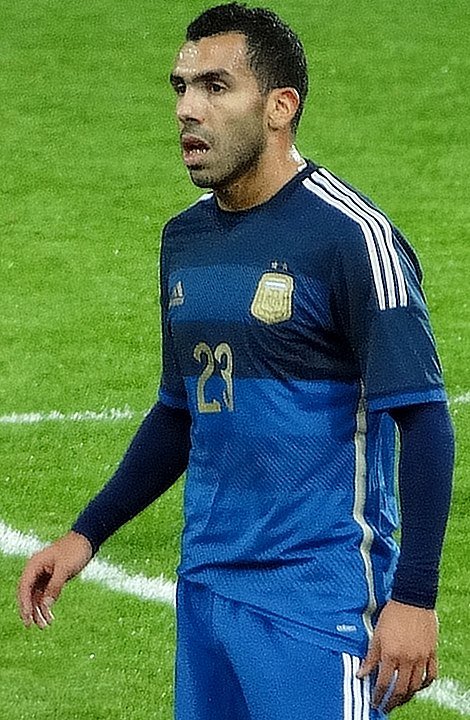The Weight of a Promise: A Champion’s Journey Through Love and Loss
Early Beginnings of Matthias Steiner: The Making of a Gentle Giant
Born in Vienna in 1982, Matthias Steiner’s path to greatness began in Obersulz, a rural Austrian village. The son of Friedrich Steiner, a 20-time Masters World Weightlifting Champion, Matthias inherited his father’s drive. By 13, he was hoisting barbells in local gyms, his hands calloused from mastering the snatch and clean-and-jerk. At 18, he was diagnosed with Type-1 diabetes after rapid weight loss and deteriorating vision, a condition he refused to let define him.
From Plumbing Apprentice to Olympic Hopeful
While training, Matthias Steiner worked as a plumber, splitting his days between wrenching pipes and lifting weights. He represented Austria at the 2004 Athens Olympics, finishing seventh. Clashes with Austria’s weightlifting federation led him to Germany in 2005, where he married Susann, a fan who tracked him down through Eurosport commentators.
Overcoming Adversity: A Love Story Interrupted
In July 2007, Susann died in a car accident. Grief-stricken, Steiner lost 18 pounds in weeks, his muscles wasting as he grappled with despair. At her graveside, he vowed to win Olympic gold for her.
To qualify for the +105 kg category, Matthias Steiner bulked up to 320 pounds, balancing muscle gain with meticulous diabetes management. “Pain was my fuel. Every lift was for her,” he told Reuters.
The Pinnacle: Beijing 2008 and the Lift That Shook the World
At the Beijing Olympics, Steiner trailed Latvia’s Viktors Ščerbatihs and Russia’s Evgeny Chigishev after a shaky snatch (203 kg). To clinch gold, he needed a near-impossible clean-and-jerk: 258 kg (569 pounds).
The Final Lift: Tears, Triumph, and a Photograph
With a roar of primal effort, Matthias Steiner locked the barbell overhead, collapsing in tears as three white lights confirmed his victory 7. He clutched Susann’s photo on the podium, his 461 kg total a love letter in iron.
Matthias Steiner’s Legacy: Beyond the Podium
A Symbol of Resilience
The iconic image of Matthias Steiner holding his late wife Susann’s photo at the 2008 Beijing Olympics remains etched in sports history, embodying love’s power to transcend tragedy. Yet Steiner’s post-retirement life reveals a man who transformed personal pain into a multifaceted mission of advocacy, entrepreneurship, and mentorship.
Reinventing His Body and Purpose
After retiring in 2013 due to a neck injury sustained at the London Olympics, Matthias Steiner faced a new challenge: adapting his 330-pound frame to everyday life. He shed 100 pounds within a year, transitioning from a superheavyweight athlete to a leaner, health-focused advocate. “It’s impossible to find clothes that fit at that size,” he quipped in an interview, reflecting on the impracticality of maintaining his competitive weight. Today, he maintains a 209-pound physique through recreational weightlifting, cycling with his son, and a low-carb diet tailored to manage his Type-1 diabetes.
From Athlete to Author and Innovator
Steiner channeled his discipline into authorship, releasing Das Steiner Prinzip (2016), a guide blending weight loss strategies with diabetes management. The book emphasizes balancing blood sugar through nutrient-dense foods and avoiding refined sugars—principles he honed over decades as a diabetic athlete. Expanding this philosophy, he launched STEINER’s, a line of low-carb, high-protein foods like bread, pasta, and cakes designed to help others manage diabetes without sacrificing taste. His protein-packed sandwich, for instance, contains 90% fewer carbs than traditional bread.
Diabetes Advocacy and Mentorship
Steiner’s advocacy extends beyond products. He collaborates with medical organizations to promote continuous glucose monitors (CGMs), sharing his journey with devices like the Eversense XL, which he credits for simplifying his diabetes management. In interviews, he stresses the importance of visibility: “Diabetes needs to be seen,” he says, referencing the CGM transmitter on his arm that sparks public conversations. He mentors young athletes with chronic illnesses, urging them to view diabetes not as a barrier but as a “chance to understand your body deeply”.
Media Presence and Public Engagement
Steiner’s charisma made him a natural fit for television. He placed third on Germany’s Let’s Dance in 2013, showcasing his adaptability beyond sports. He now hosts fitness programs and TED Talks, where viral clips of his Beijing triumph underscore his message: “Grief isn’t a weight to carry – it’s a force to lift with”. His 2023 blog posts dissect metabolic science for lay audiences, blending humor with practical advice, like swapping fruit juices for herbal tea.
Family and Quiet Triumphs
Privately, Matthias Steiner rebuilt his life with resilience. After losing Susann, he married German TV journalist Inge Posmyk in 2011, and the couple raises their child in Germany. His social media reveals a man at peace: lifting weights in his home gym, biking through Stuttgart’s streets, and enjoying “normal” meals like schnitzel on family outings – a balance he calls “living fully, not restrictively”.
A Legacy in Motion
Matthias Steiner’s story didn’t end on the podium. From designing diabetes-friendly foods to dancing on prime-time TV, he redefines what it means to be a champion. As he told Diabetes-Journal: “My medals are memories. My purpose now is to help others lift their own burdens—whether it’s a barbell or a blood sugar reading”.
Matthias Steiner’s story of triumph through grief mirrors the indomitable spirit of Terry Fox, who ran across Canada on one leg to raise cancer awareness after losing his own battle to the disease. Discover how another athlete turned personal struggle into a global movement of hope in Terry Fox: The Marathon of Hope That United a Nation. Both legends remind us that courage, like the human heart, knows no limits.
Photo by Sven Mandel – Own work, CC BY-SA 4.0, Sven Mandel




